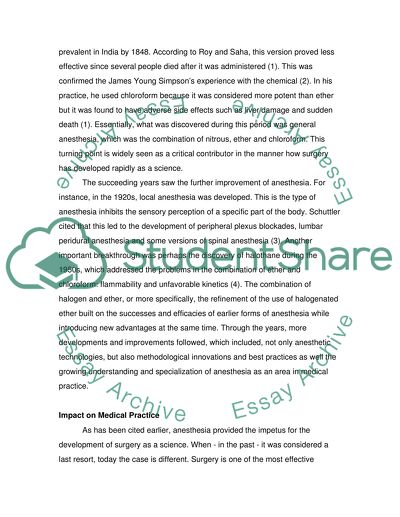Cite this document
(“Anesthesia Essay Example | Topics and Well Written Essays - 1250 words”, n.d.)
Retrieved from https://studentshare.org/health-sciences-medicine/1494033-anesthesia
Retrieved from https://studentshare.org/health-sciences-medicine/1494033-anesthesia
(Anesthesia Essay Example | Topics and Well Written Essays - 1250 Words)
https://studentshare.org/health-sciences-medicine/1494033-anesthesia.
https://studentshare.org/health-sciences-medicine/1494033-anesthesia.
“Anesthesia Essay Example | Topics and Well Written Essays - 1250 Words”, n.d. https://studentshare.org/health-sciences-medicine/1494033-anesthesia.


